| Wednesday, November 17, 2021 | |
SESSION 1: IMAGINING THE NEW NORMAL |
|
| 10:00 | Opening remarks by Laith Altimime, President, SEMI Europe |
| 10:05 | Opening remarks by session chair, Mario von Podewils, Site Manager Itzehoe, X-FAB |
| 10:10 | How COVID-19 affects the semiconductor shortage and demand post 2021, Ondrej Burkacky - Senior Partner at McKinsey & Co. |
| 10:30 | The Tier 1 perspective on current supply chain disruptions and moving forward in the new normal, Robert Bosch |
| 10:50 | Success stories of Digital transformation, ASML |
| 11:10 | Coronavirus, Chip Boom, and Supply Shortage: The New Normal for Global Semiconductor Manufacturing |
Stephen Rothrock, Founder, President & CEO, ATREG, Inc. Coronavirus, Chip Boom, and Supply Shortage: The New Normal for Global Semiconductor Manufacturing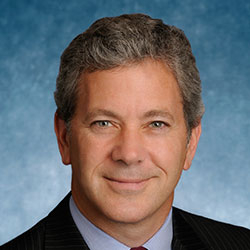
 Abstract Biography |
|
| 11:30 | Panel discussion |
| 12:00 | Lunch break |
SESSION 2: TECHNOLOGY INNOVATION AND CAPACITY INCREASE BY LEVERAGING EU FUNDING |
|
| 13:00 | Opening remarks by session chair, Thomas Richter, VP Manufacturing Frontend, Robert Bosch GmbH |
| 13:05 | SEMI’s Global EHS & Sustainability Updates, James Amano, Senior Director, International Standards, SEMI |
| 13:25 | EU Commission on activities updates for expanding manufacturing footprint |
SESSION 3: SUSTAINABLE MANUFACTURING SOLUTIONS |
|
| 13:45 | Opening remarks by Joerg Recklies, Senior VP, Infineon Technologies |
| 13:50 | Presentation coming soon, STMicroelectronics |
| 14:10 | Broader view of sustainability challenges for a subfab in Europe |
Chris Jones, Environmental Solutions Business Development Manager, Edwards Broader view of sustainability challenges for a subfab in Europe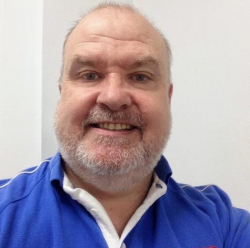
 Abstract Biography |
|
| 14:25 | Mental Ill Health – The other invisible threat |
Richard Meredith, Senior Manager, Field Service SHE, Edwards Vacuum Mental Ill Health – The other invisible threat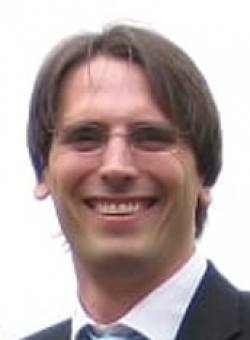
 Abstract Biography |
|
| 14:40 | An Emergency Process Technology for Europe |
Reinhart Richter, President, EBARA Precision Machinery Europe GmbH An Emergency Process Technology for Europe
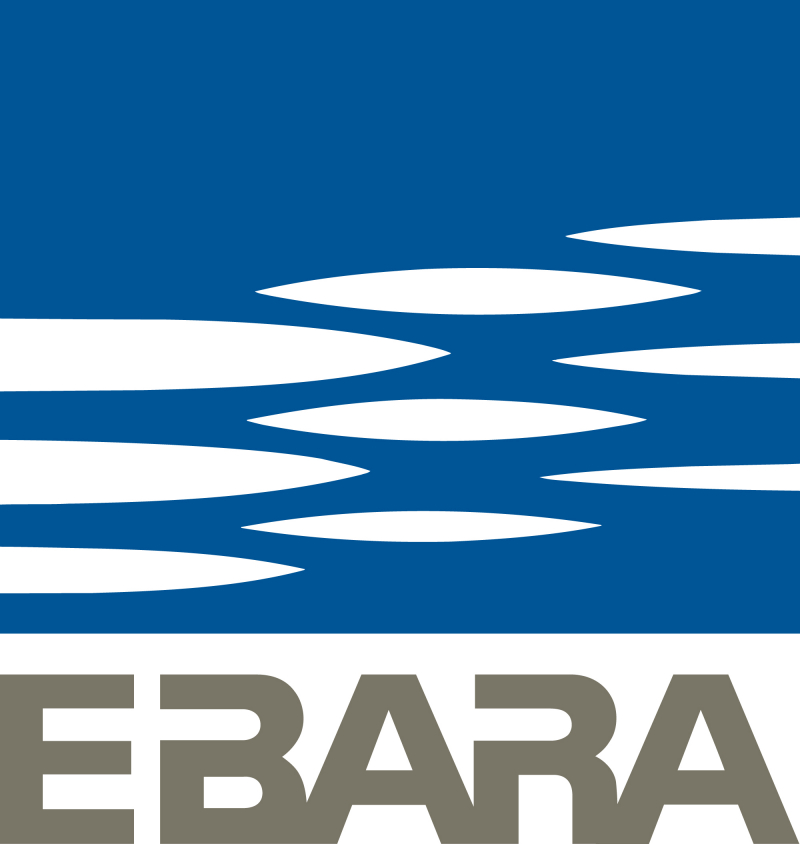 Abstract Biography Dr Reinhart Richter |
|
| 15:00 | Presentation coming soon, Air Liquide |
| 15:20 | Coffee break |
SESSION 4: FAB AUTOMATION: PROCESS & EQUIPMENT TRANSFORMATION FOR A CONNECTED, INTELLIGENT FAB |
|
| 15:45 | Welcome note |
| 15:50 | Smart to the Rescue! |
John Behnke, GM Final Phase Systems, INFICON Smart to the Rescue!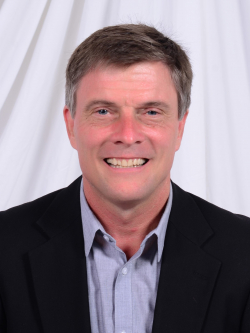
 Abstract Biography |
|
| 16:10 | How to Replace Conventional Wet Etch/Clean Tools with Batchspray® Equipment, While Reducing Chemical Costs and Achiving More Clean Room Space? |
Mario Buchberger, Global Account Manager, Siconnex customized solutions GmbH How to Replace Conventional Wet Etch/Clean Tools with Batchspray® Equipment, While Reducing Chemical Costs and Achiving More Clean Room Space?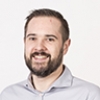
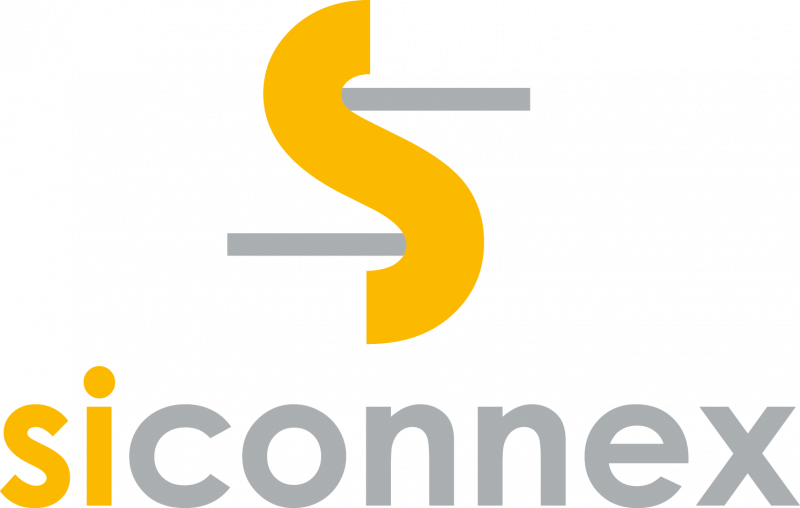 Abstract Biography |
|
| 16:30 | Reserved for Pfeiffer Vacuum |
| 16:50 | Reserved for TEL |
| 17:00 | Remote Operations / Training New Employees in Time of Disruption; Integrating New Training Solutions; Managing Operations when Staff is Digital. |
Andreas C. Zimmer, Executive Search & Selection Consultant, ZIAN & Co industrial consulting and recruitment Remote Operations / Training New Employees in Time of Disruption; Integrating New Training Solutions; Managing Operations when Staff is Digital.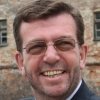
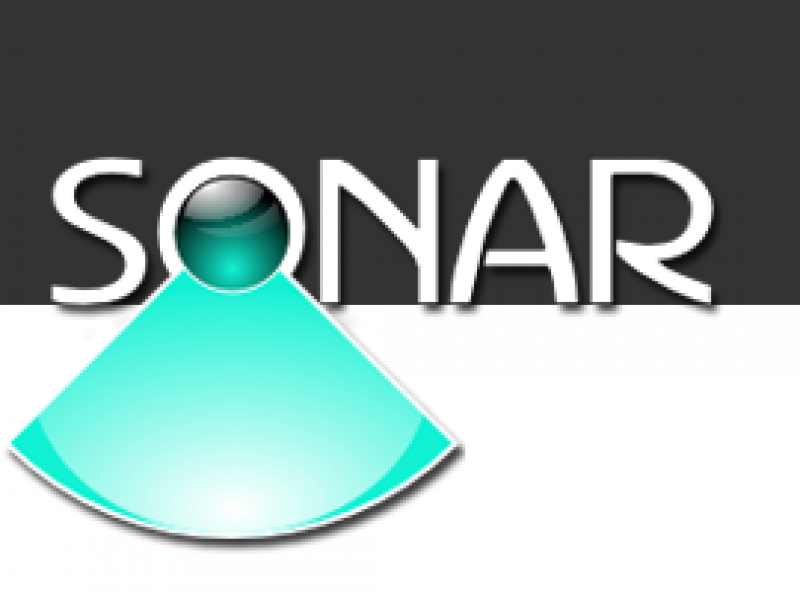 Abstract Biography |
|
| 17:20 | Challenges and Opportunities for Adopting Digital Twins in Semiconductor Industry |
Fahad Golra, Research Coordinator, Agileo Automation Challenges and Opportunities for Adopting Digital Twins in Semiconductor Industry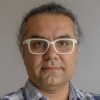
 Abstract Biography |
|
| 17:40 | Vocus: The Most Sensitive Detector of Air Molecular Contaminants |
Carla Frege, Application scientist, Tofwerk Vocus: The Most Sensitive Detector of Air Molecular Contaminants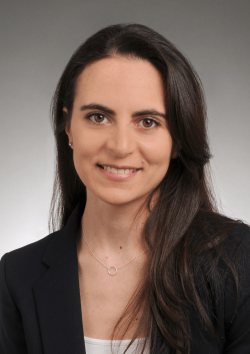
 Abstract Concentration decay of common inorganic acids in a FAB environment. The markers show the quantification limit of each compound. Arrows on the right axis show the 1 minute LOD of the Vocus Biography |
|
| 18:00 | End of summit |